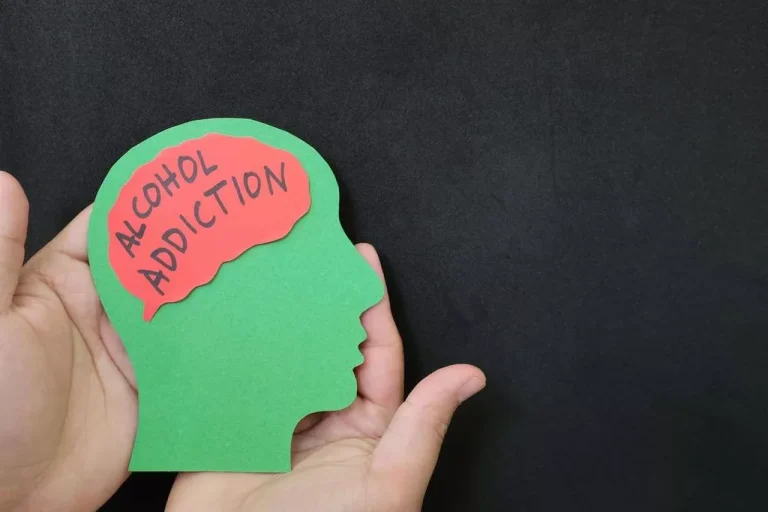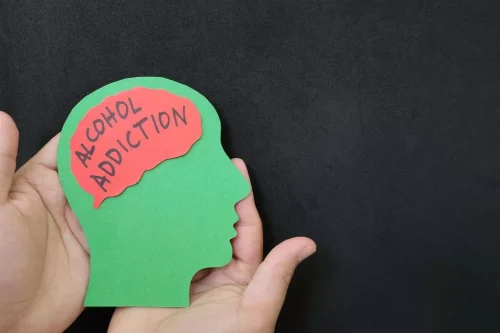
Healthcare professionals may recommend people with hypertension decrease the amount of alcohol they consume. Some researchers are involved in organizations with ties to the alcohol industry. The American Heart Association is a relentless force for a world of longer, healthier lives. Through collaboration with numerous organizations, and powered by millions of volunteers, we fund innovative research, advocate for the public’s health and share lifesaving resources. The Dallas-based organization has been a leading source of health information for nearly a century.
Blood calcium levels

More RCTs are needed to study the effects of low‐dose alcohol to better delineate the dose‐response effects of alcohol on BP and heart rate. RCTs with measurements more than 24 hours after alcohol consumption are needed to see how long the effect of high‐dose acute alcohol consumption lasts. We classified seven studies as having high risk of bias (Agewall 2000; Bau 2011; Dumont 2010; Fazio 2004; Karatzi 2013; Maufrais 2017; Van De Borne 1997). Agewall 2000 measured blood pressure upon arrival of participants and did not measure blood pressure after the intervention. The aim of Bau 2011 was to determine the effects of alcohol on heart rate variability, so SBP was not measured in this study. Dumont 2010 measured blood pressure during the study period, but study authors did not provide the before and after measurement of SBP.

Does drinking alcohol affect blood pressure?
They recommended confirming these results in younger women and in men, particularly since their subjects had been older women, who have more significant cardiovascular risk. Although results related to levels of alcohol consumption and stroke events are less clear, some conclusions can be drawn. Approximately 1 to 2 drinks per day may have no effect on or lead to a slight reduction in stroke events; however, greater daily alcohol levels increase the risk for all stroke events and incident stroke types. In terms of stroke subtypes, compared with nondrinkers, current alcohol drinkers have an increased risk (~14 percent) for hemorrhagic stroke (Ronksley et al. 2011). https://ecosoberhouse.com/ Another trend in recent studies of alcohol and CV risk and disease is to include a measurement for binge drinking.

Agreements and disagreements with other studies or reviews
Talk to your healthcare provider to discuss your risk factors and if it is safe for you to drink alcohol, even in moderation. The CDC also states that to reduce alcohol-related health risks, adults of legal drinking age should limit their alcohol consumption to two drinks or less a day for men and one drink or less for women. For medium doses of alcohol, moderate‐certainty evidence shows a decrease in SBP and DBP six hours after alcohol consumption, and low‐certainty evidence suggests a decrease in SBP and DBP for 7 to 12 hours after alcohol consumption. After ≥ 13 hours of consumption, SBP and DBP were raised; the certainty of evidence was low and medium, respectively. Ratings of the certainty of evidence ranged from moderate to low in this review, which suggests that the effect estimates of alcohol might be slightly different than the true effects.
To Drink or Not to Drink: High Blood Pressure and Alcohol
It has also become clear over time that no amount of alcohol is considered safe for consumption, regardless of the type of alcohol. Vijaya Musini (VM) contributed to data analysis, interpretation of the final result, and editing of the final draft of the review. James M Wright (JMW) formulated the idea, developed the basis of the protocol, and contributed to data analysis, interpretation of the final result, and editing of the final draft of the review. We graded the overall certainty of evidence using the GRADE approach via GRADEpro GDT software (GRADEpro 2014); we formulated summary of findings (SoF) tables. We excluded 450 trials after reviewing the full‐text articles, and we recorded the reasons for exclusion (see table Characteristics of excluded studies table).
- Recent data suggest that moderate and heavy drinking contributes to high blood pressure in men and women.
- Although pharmacological interventions can effectively reduce blood pressure, multiple studies have shown that a healthy lifestyle alone without any pharmacological interventions can greatly reduce the prevalence of hypertension (Appel 2003; Guitteau 2006).
- But it may be worthwhile learning about what counts as binge drinking and whether or not you may be drinking too much and don’t even know it.
- Data were balanced across groups, hence missing data did not affect the final results.
Oxidative Stress

Both experimental approaches also prevented accumulation of ethanol-induced scarring (collagen and fibronectin); apoptotic cell death; and changes in the size, shape, and function of the heart after injury to heart muscle (ventricular remodeling). Pathophysiologic schema for the development of alcoholic cardiomyopathy (ACM). As noted in the text, the exact amount and duration of alcohol consumption that results in ACM in human beings varies. The exact sequence how does alcohol affect high blood pressure of the development of ACM remains incompletely understood. Data from animal models and human beings with a history of long-term drinking suggest that oxidative stress may be an early and initiating mechanism. Many cellular events, such as intrinsic myocyte dysfunction, characterized by changes in calcium homeostasis and regulation and decreased myofilament sensitivity, can come about due to oxidative stress.
We considered statistical, clinical, and methodological heterogeneity between study populations and proceeded with the meta‐analysis if only we considered interventions, comparisons, and outcome measures similar enough to pool. When trials compared more than one dose of alcohol, we handled each comparison separately. Because all of our outcomes of interest provided continuous data, we used the inverse variance approach and a fixed‐effect model to combine effect sizes across studies. We (ST and CT) independently screened the citations found through the database search using Covidence software (Covidence). We excluded articles if the citation seemed completely irrelevant or was identified as a review or observational study after the title and abstract were read.
Similarly, when blood pressure increases, these receptors increase the stretching of the blood vessel walls in order to decrease blood pressure. It also regulates metabolism, immune function, and inflammatory pathways. Alcohol increases blood levels of the hormone renin, which causes the blood vessels to constrict.
How Does Alcohol Affect the Cardiovascular System?
- Finally, in studies of people from certain Eastern European countries, investigators have failed to find a cardioprotective effect with any level of ethanol consumption (Britton and McKee 2000).
- Oxidative stress is an imbalance between production of free radicals and the body’s ability to detoxify or fight off their harmful effects through neutralization by antioxidants.
- Greenfield and colleagues (2005) studied the effects of alcohol at meal time in a group of nonsmoking, healthy postmenopausal women.
- There also is desensitization of the mitochondrial permeability transition pore, which can mitigate ischemia–reperfusion injury (Walker et al. 2013).
- Other ethanol-induced changes may be related to enzymes that modulate protein synthesis and/or breakdown (e.g., ubiquitine-ligases).
If you already have high blood pressure, NSAIDs can prevent several common meds such as ACE inhibitors and diuretics from doing their job. According to a 2020 literature review, clinicians are not completely sure why alcohol raises blood pressure. It’s important to note that some studies examined only looked at small numbers of females compared to males.
0 Comments
Leave A Comment